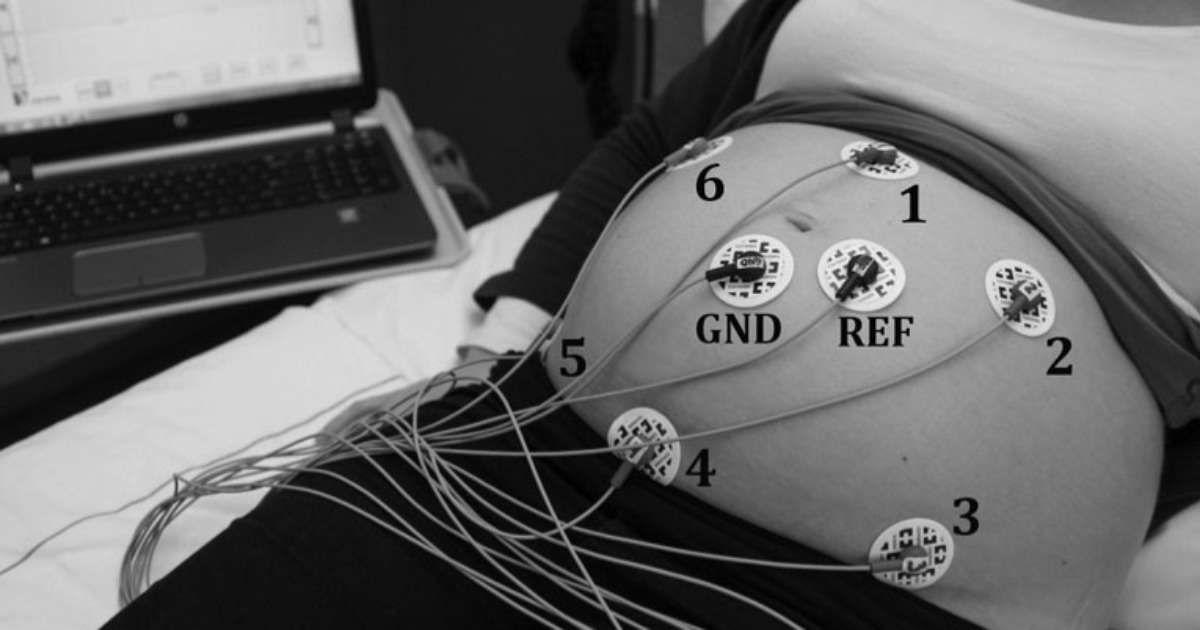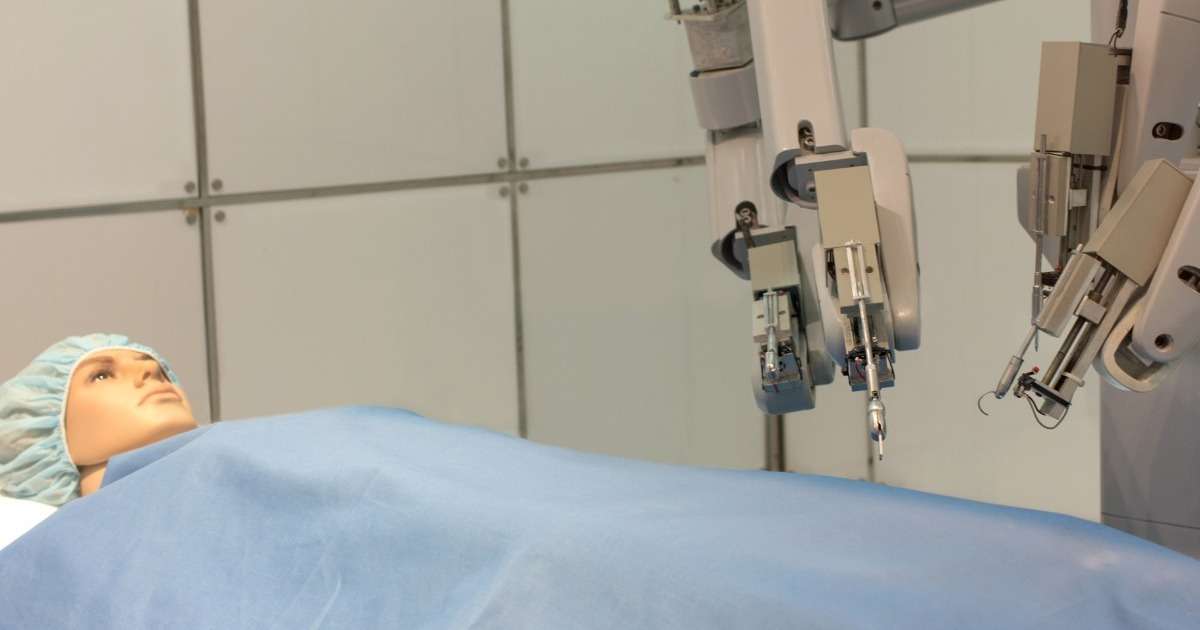
In home study of older persons
Older people are healthier these days and like to live in their own homes as long as possible. As a result, the need for home care services is increasing.

The response of oxytocin to mother-infant interaction
Researcher Rebecca Knapp was interested to know whether infant eye gaze away from the mother, or eye gaze directed to the mother, would correspond to increased maternal oxytocin. Read her blog post to learn more.

The emotions of people who think they’re nice
What does ‘nice’ actually mean in relation to psychological variables? And does it positively correlate with self-reported levels of health, happiness, and wellbeing?

Emotions distract people with eating disorders
Studies show that people with anorexia nervosa have reduced facial expressivity of emotions while viewing emotionally provoking stimuli. Researcher Leppanen and her team used FaceReader to investigate this.

Interview skills training for adolescents with language disorder examined
The study of Mathrick and colleagues evaluated an interview skills training package targeting both verbal and non-verbal skills for adolescents with severe and persistent Language Disorders.

The impact of sounds on autistic children’s behaviors
Children with autism can have trouble dealing with external distractions. Researcher Shireen Kanakri conducted a study to observe the impact of the acoustic environment on restrictive and repetitive behaviors.

Measuring parent-infant behavior from another point of view
Parent-child interaction is an important focus of child development research. Lee’s research team compared recordings of play behavior from both a traditional third-person point of view, and through the babies' eyes.

Fetal electrocardiography
The results of the fundamental research reported in Kim Verdurmen's thesis show that fetal ECG is a technique that is still developing but has shown to have multiple promising prospects, both during pregnancy and labour.

Technical demonstration of FaceReader in Seville, Spain
GO-LAB demonstrated FaceReader's amazing possibilities and efficient replacement of manual coding procedures.

Robots in the operating room
Dr. Ahmad and his team analyzed surgical team movements during robot-assisted surgery to understand and categorize causes for interruptions.
